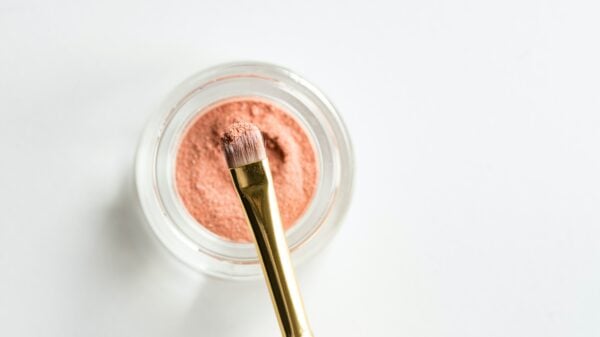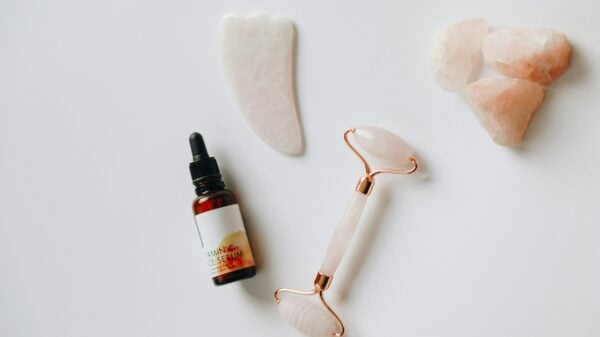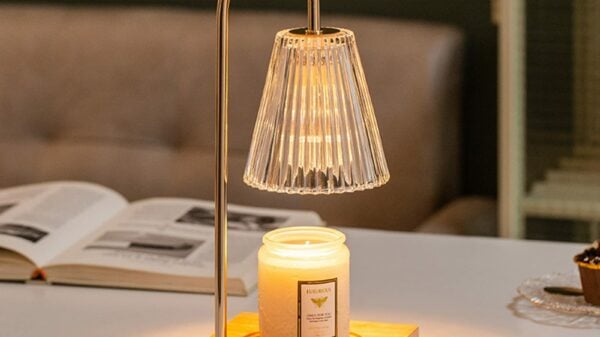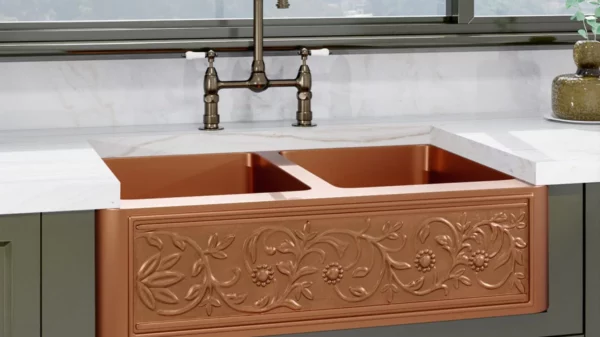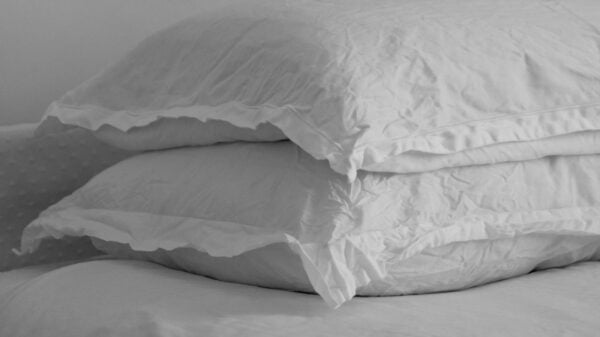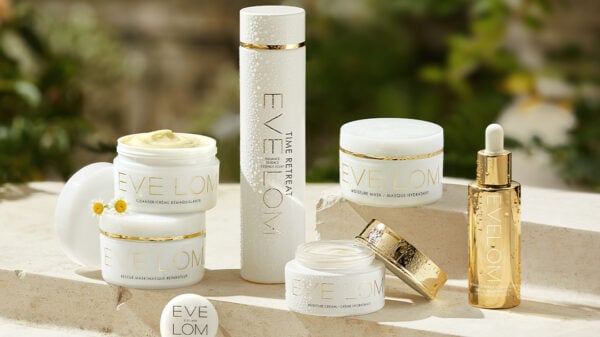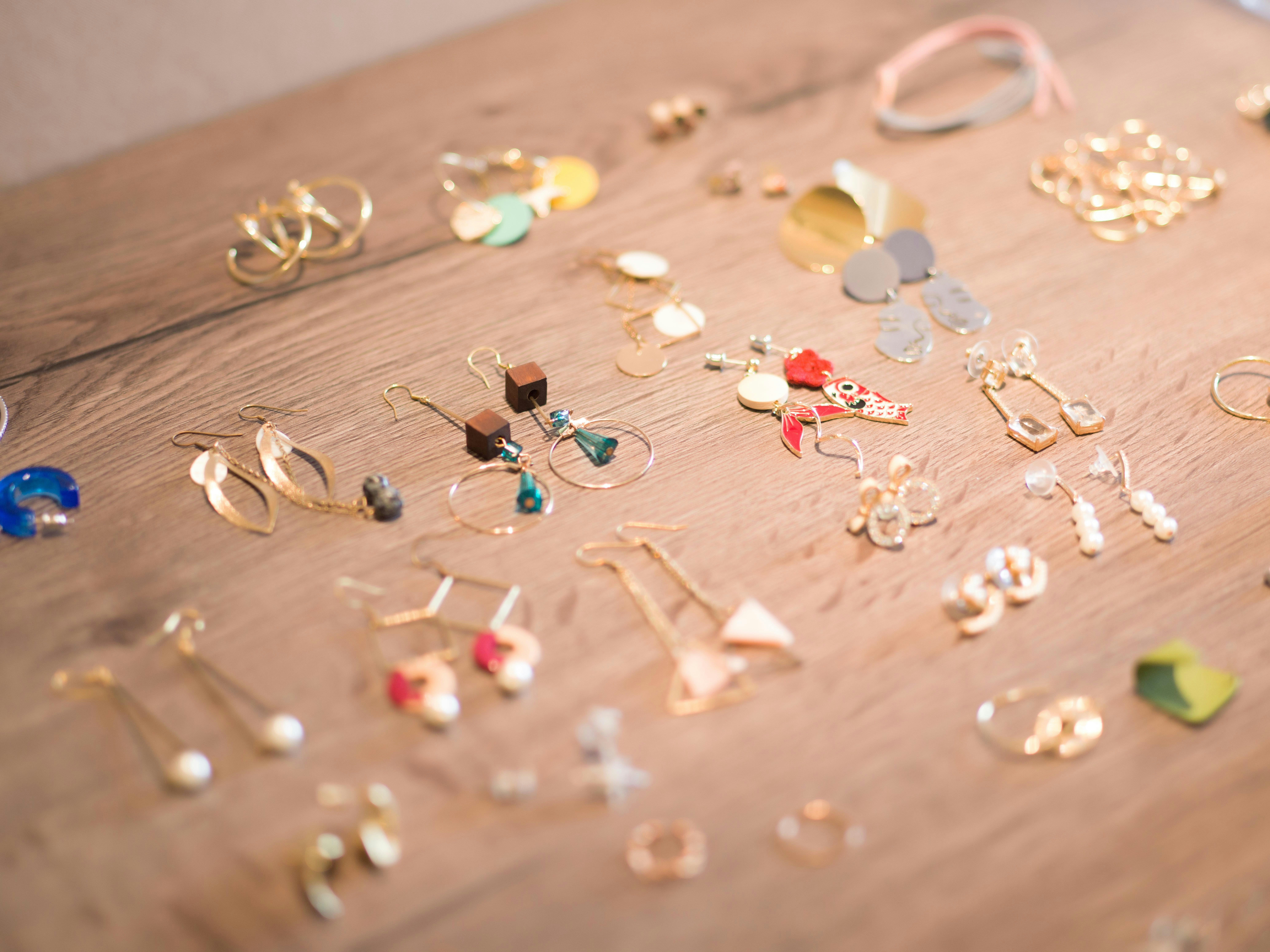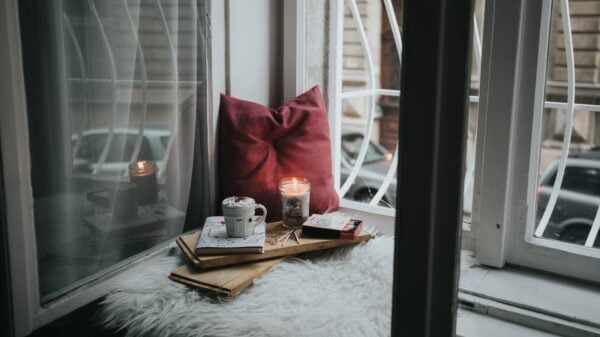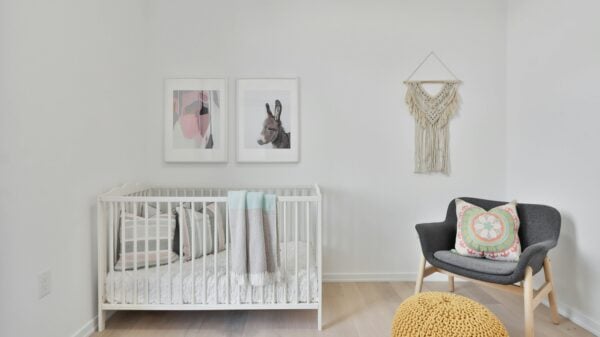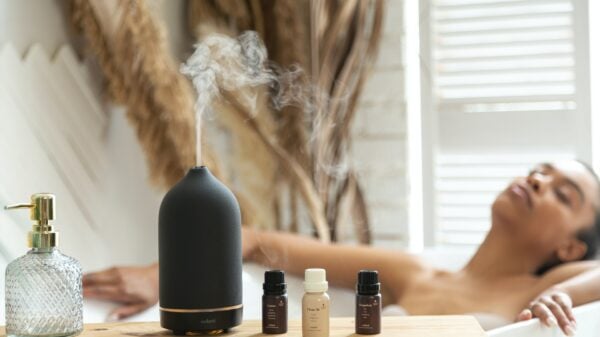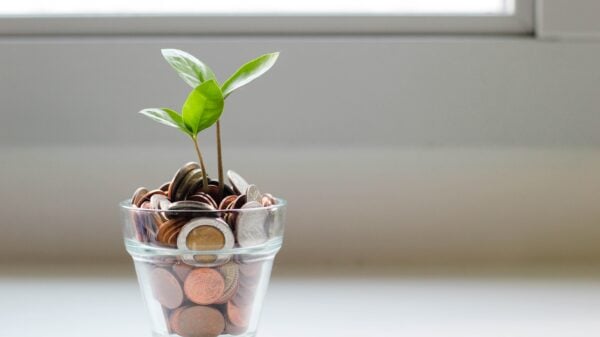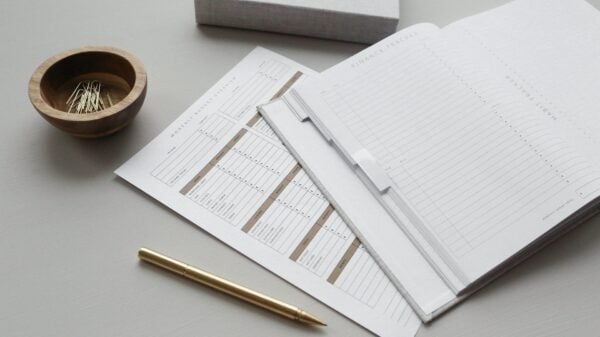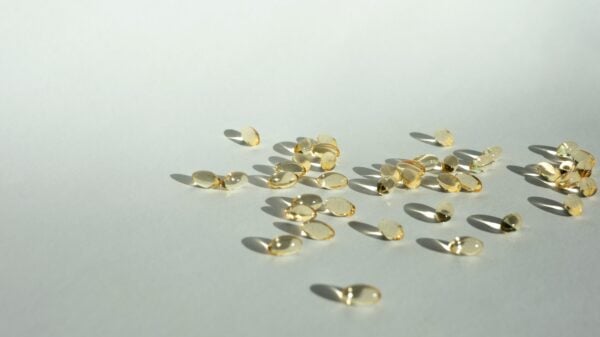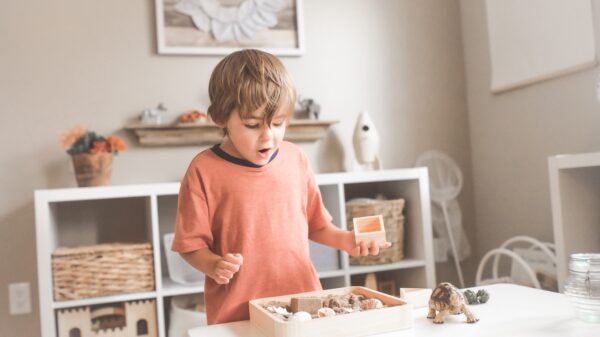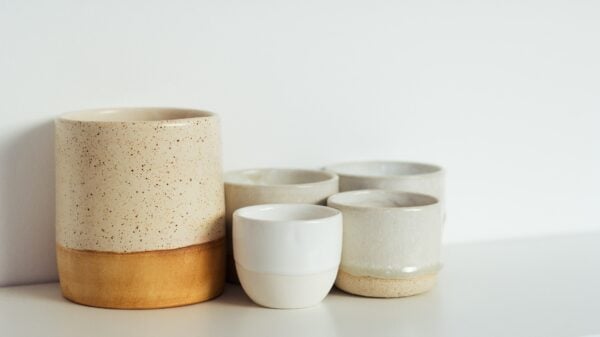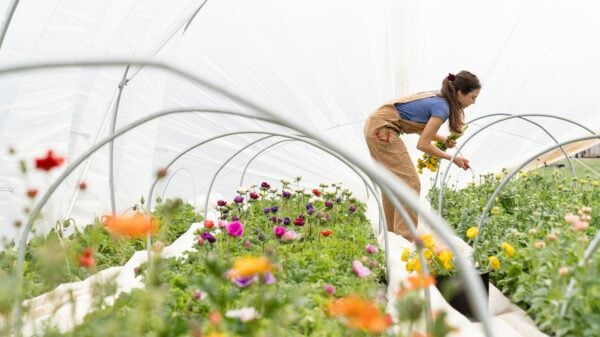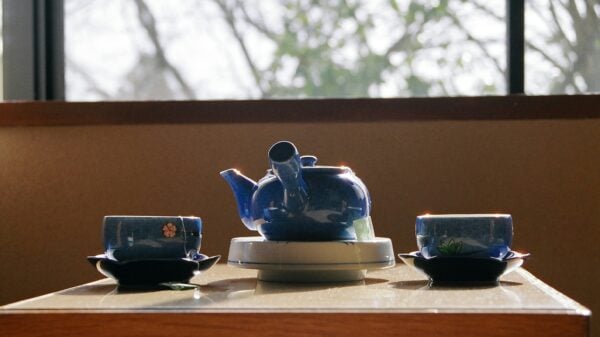Feeling overwhelmed by the thought of keeping indoor plants alive and thriving? You’re not alone. In fact, a healthy home can benefit from the presence of houseplants, as they are known to purify air and reduce stress levels.
This article will provide you with essential tips for nurturing your greenery, ensuring they not only survive but flourish in their indoor environment. Let’s embark on this journey towards creating a thriving indoor garden sanctuary within your home!
The Benefits of Indoor Plants for a Healthy Home
Indoor plants provide numerous benefits for a healthy home, including improved air quality through air purification and stress reduction, as well as natural decor and aesthetic enhancement.
Air purification and improved air quality
Houseplants help clean the air. They take in bad stuff like dust and gas. This leaves the air pure and fresh for you to breathe in. Green plants use carbon dioxide to grow. At the same time, they give out oxygen.
This helps keep the air inside your home healthy and fresh. Good air is vital for a good life at home.
Stress reduction
Indoor plants can do wonders when it comes to reducing stress in your home. The presence of greenery and nature indoors has been proven to have a calming effect on our minds and bodies.
Just by having plants around, we can create a sense of tranquility and relaxation. Looking at the lush leaves and vibrant colors can help us feel more connected to the natural world, which in turn reduces feelings of anxiety and tension.
So, if you’re feeling overwhelmed or stressed out, try bringing some indoor plants into your living space for a soothing and peaceful atmosphere.
Natural decor and aesthetic enhancement
Adding indoor plants to your home not only brings a touch of nature indoors but also enhances the overall aesthetic appeal. The lush greenery and vibrant colors of indoor plants can instantly breathe life into any space, creating a soothing and inviting atmosphere.
Whether you choose to place them on shelves, countertops, or hang them from the ceiling, indoor plants serve as natural decor that adds beauty and freshness to your surroundings. With a variety of plant options available – from lush ferns to cascading vines – you can easily find the perfect plants to complement your home’s style and create a visually pleasing environment.
So go ahead and incorporate indoor plants into your decor for an instant upgrade that will impress both yourself and your guests.
Tips for Nurturing Indoor Plants
Choose the right plants for your space, considering factors such as light availability, temperature, and humidity levels.
Choosing the right indoor plants for your space
To create a healthy indoor garden, it’s important to choose the right plants for your space. Consider the amount of natural light that enters your home and choose plants accordingly.
Some plants, like succulents and snake plants, can thrive in low-light conditions, while others, like tropical orchids and ferns, need bright indirect light. Also, take into account the size of your space and how much maintenance you’re willing to do.
If you’re a beginner or don’t have a lot of time for plant care, opt for low-maintenance plants such as pothos or spider plant. By selecting the right plants for your specific environment and lifestyle, you’ll set yourself up for success in nurturing indoor greenery.
Proper watering and care
To keep your indoor plants healthy and thriving, it’s important to provide them with proper watering and care. When it comes to watering, make sure to do it in moderation. Overwatering can lead to root rot and other issues, while underwatering can cause the plants to wilt and dry out.
It’s best to water when the top inch of soil feels dry to the touch, using room temperature water.
In addition to watering, caring for your indoor plants involves regular maintenance. Remove any dead or yellow leaves by gently pulling them off from the base of the stem. This helps prevent disease and allows fresh growth.
You may also want to periodically prune your plants by cutting off overgrown branches or stems.
Finally, ensure that your plants are placed in an ideal location where they can receive adequate natural light. Different types of houseplants have varying light requirements, so be sure to research before choosing a spot for each plant.
Providing sufficient sunlight will help them grow happy and strong.
Placement and lighting considerations
To ensure the health and growth of your indoor plants, it’s important to consider their placement and lighting needs. Different plants have different light requirements, so it’s essential to choose a spot in your home that provides the right amount of light.
Some plants thrive in direct sunlight, while others prefer indirect or low-light conditions. Observe how much sunlight each area of your home receives throughout the day and select plants accordingly.
Place sun-loving plants near windows with ample sunlight, while shade-tolerant ones can be positioned in corners or further away from windows. Keep in mind that too much direct sunlight can scorch certain plant leaves, so it may be necessary to provide some shade during peak hours.
Regular maintenance and monitoring
Caring for your indoor plants doesn’t stop at watering and providing light. Regular maintenance and monitoring are essential to keep them healthy. This includes inspecting the leaves for pests or diseases, wiping off any dust to allow proper respiration, and pruning away dead or yellowing leaves.
In addition, it’s important to regularly check the moisture level in the soil and adjust watering accordingly. Keep an eye out for signs of overwatering or underwatering, such as wilting or yellow leaves.
By staying on top of these tasks, you can ensure your indoor plants thrive and continue to bring life to your home.







